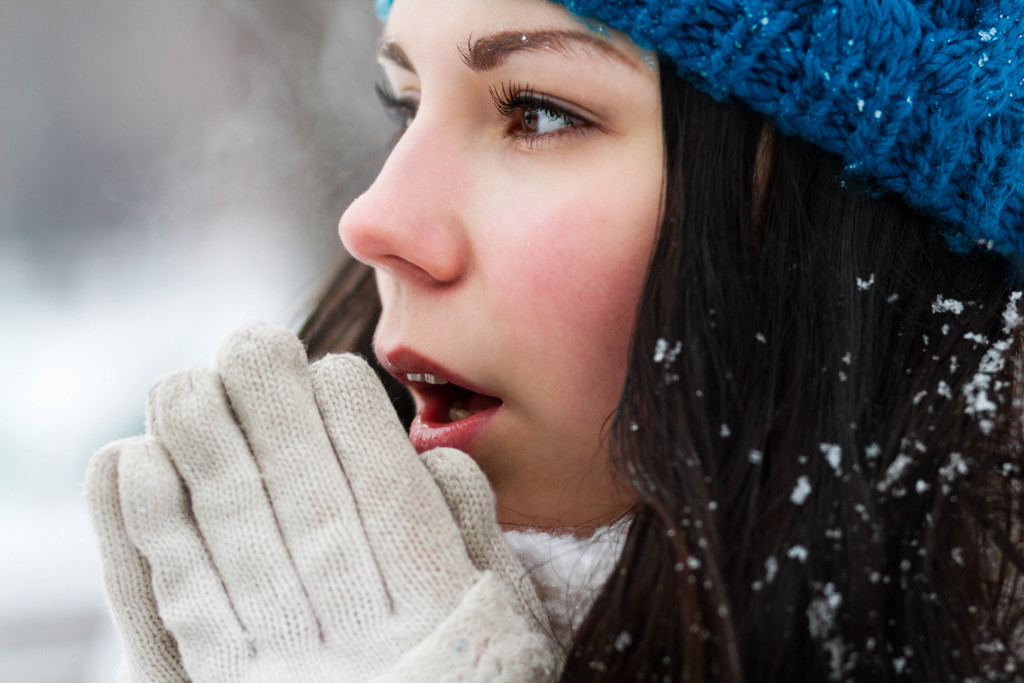Whether you believe that a harsher and colder season will occur or choose to disregard the idea even during a colder fall, it would be better to be prepared from head to foot. Winter can be harsh, and it would be regretful not to be ready for what it can bring.
When you have proper clothing, winter equipment, and a contingency plan, the weather won’t seem that bad. Follow these essential steps, and you can be ready for the different cold conditions, such as blizzards, sleet, and heavy snowfall, that winter has in store.
Prepare Your House for the Chill
As soon as it becomes cold, we rush to the thermostat and turn up the heat. While our bodies immediately thank us for our natural urges, our wallets soon follow. Thermostats usually run at 73°F during the day and 66°F at night in the winter and autumn. Allow your body time to adapt to a new temperature.
If this is tough, wear a sweatshirt. This trick may save you a lot of money this winter. In the morning, open the blinds and curtains to take advantage of natural heat from the sun that will stream through your windows and increase the temperature of those rooms a little.
Replenish the Hardware Stocks
In the same way that you wouldn’t confront a looming snowstorm without the necessary supplies inside — food, milk, toilet roll, medicine. You also shouldn’t forget about the materials you’ll need to maintain the outside of your house.
Early preparation ensures you have the equipment you might need to keep everyone safe. This includes rakes and spades, snow shovels, pavement salt, and other supplies. Rushing to the hardware shop the day before the cold hits might result in you finding little stock remaining or being subjected to product pricing. That can exacerbate the situation.
Reinforce the Roof
Check for any damage to prevent a potential disaster caused by melting snow that may seep into the house via the roof. While you’re at it, get rid of any leaves, twigs, and other material in the gutters that can obstruct the flow of water and thawing snow or ice. Doing so can also prevent extra pressure on the gutters if there’s more rain on top of it.

Don’t Forget the Insulation
When the temperatures begin to drop during winter, you might realize that the insulation in your house is not up to the task. There are drafts in every room of your home, and your electricity bill might rise significantly.
What should you do? The idea of the next several months freezing and consuming too much money on an increasing energy bill might not appeal to you. In that case, consider installing spray foam insulation. This is among the most effective solutions available on the market; it can also keep the house warm from harsh weather.
Check the Doors and Windows
If any holes are large enough to accommodate a small item, you can lose a significant quantity of heat and money in the bill. Fill any gaps around the windows’ exteriors and door frames with silicone caulk (sealant). The majority of these fillers are reasonably priced, and one should be sufficient. Make sure that you get all-weather caulking so that you don’t have to use it the following season.
If you have an upstairs stairwell, this is a particular source of heat loss in your home. An attic staircase cover may be placed over the stairs to insulate it. This can retain the warmth contained in your comfortable house and save money on energy costs.
Conduct Vent and Chimney Maintenance
Check for obstructions in the vents and chimneys to ensure they work correctly. Clearance and pruning should be conducted to ensure that nothing obstructs the vents. Anything near a vent or chimney should be removed since it may block the exhaust, causing carbon monoxide to roll back into the house and triggering the heating system to shut down or malfunction.
Smoke detectors and carbon monoxide alarms should also be installed, checked, and replaced as needed. Fire and carbon monoxide are lethal killers. Detectors should be replaced every five years, according to the manufacturers.
Many people believe that the recent record-breaking winters are a result of global warming. Others think the issue intensifies scorching summers. The big picture is that climate change makes extremes of weather, which implies harsh summers and winters.
Whether you believe in this concept or disregard the growing cold during autumn, you should be well-equipped ahead of time. When you wake up to another record weather condition, you can be glad you have appropriate protection from the chill.

